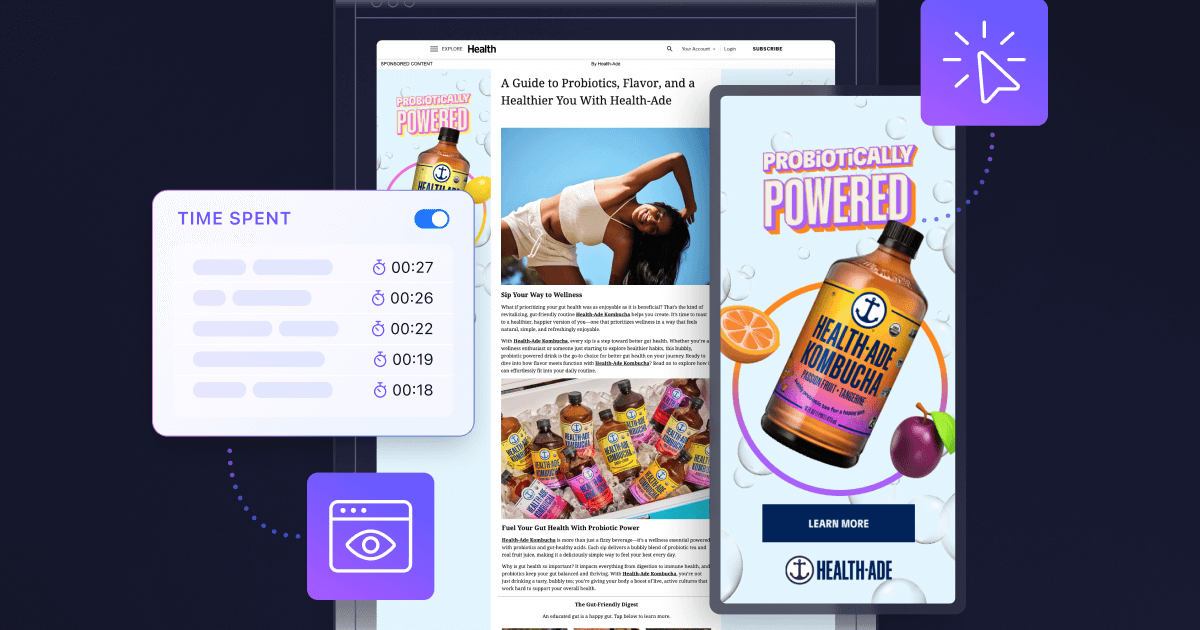Time to Cut Ties to Indirect Demand Sources

More than 60% of publishers expect digital revenue to grow in a post-third party cookie era. Few have articulated exactly what this will look like, what strategies will be put in place, and how publisher operations can and will play a role in establishing a stronger foothold in the industry. The path to success ultimately involves optimizing demand leveraging new perspectives and data such as focus on revenue compared to fill rate, and quality ad executions with higher margins compared to adding placements to a site.
Uncertainty in how to capitalize
There is still some uncertainty around how organizations can capture new revenue as the industry evolves. In a recent study by DoubleVerify, 45% of publishers stated they are turning to private marketplaces, 40% believe first-party data will be the best solution, and 34% are leaning on contextual. The study shows an even distribution between the options. Really, each could play an important role in the new age of advertising.
Balance data and demand strategy
Given that many publishers are building out robust first-party data ecosystems and taking a renewed refreshed emphasis on private marketplaces, it appears that they are transitioning away from indirect revenue sources to more premium and direct relationships with advertisers. Research finds that 60% of publishers forecast growth in preferred deals and private marketplaces, and 88% of publishers believe selling direct will become more important.
While direct demand is only a small percentage of demand, it is starting to account for a large portion of revenue. On average, direct-sold inventory accounts for 39% of publisher revenue, with (digital) programmatic accounting for 28% of overall publisher revenue. Advertisers are expressing interest in more direct relationships with publishers. This means more ad dollars spent on advertising with publishers versus on “tech fees.” (Remember that each time an ad call passes through a new system in the tech stack, the budget is siphoned away from publishers to pay for various fees.)
Developing a direct or premium-first demand strategy will require differentiation. Each publisher can rely on their first-party audiences. However, they can strengthen their stance by partnering with their publisher operations and content teams to deliver unique value in content production and optimization.
These teams have the expertise and insights to support data-driven optimization. That said, it will be essential to go beyond dynamic creative optimization and incorporate format and page placement. Look at the data and create tailored packages combining placement and formations to meet campaign KPI objectives. This unique combination of data, placement, content, context, and site value will drive differentiation between publishers.
See what's possible with Nativo. Fill out the form below to schedule a free demo with one of our dedicated experts.

.jpg)


